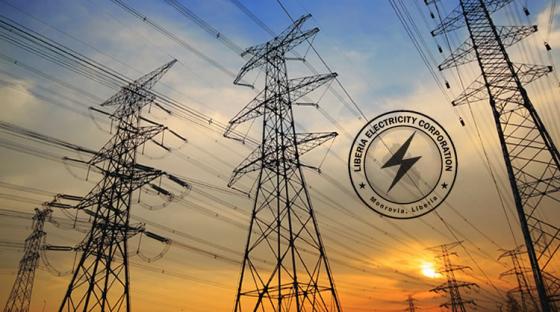Liberia: Explainer: LEC Tariffs, How it Works, and Why

- There have been complaints from some subscribers of the Liberia Electricity Corporation about the number of kilowatts they received when they purchased tokens. LEC in response said taxes are deducted, including fixed charges, GST, and in some cases prepaid charges.
- This explanatory piece delved into the tariffs set up by the Liberia Electricity Regulatory Commission (LERC), and the Goods and Service Tax (GST) by the Liberia Revenue Authority (LRA).
- Under the 2015 Electricity Law of Liberia (ELL), LEC is responsible for distributing, generating, transmitting, and selling electrical energy in Liberia
By Tina S. Mehnpaine
Customers of the Liberia Electricity Corporation (LEC) are placed in four tariff categories: social, residential, Non-residential, and Medium Voltage as prescribed by the Liberia Electricity Regulatory Commission (LERC) tariff schedule.
In accordance with the 2015 Electricity Law of Liberia (ELL), LERC is empowered under Section 3.3 to issue regulations designed to implement the law by setting tariffs for customers.
“Residential customers in the social tariff category pay US$0.15 per kilowatt hour (kWh), excluding goods and services tax (GST). Customers who fall in the social tariff category must not exceed the 25kWh monthly energy consumption threshold,” said Augustus Goanue, Managing Director, LERC.
For the regular residential category (non-social), the prescribed tariff for customers is given under two options, prepaid and post-paid, which is US$0.24 per kWh, excluding GST. However, the fixed charge for prepaid residential customers is US$2.48 per month, while the postpaid customers pay a fixed charge of US$4.47 per month.
Non-residential customers are basically entities that use electricity for commercial, for example, small companies, hotels, and restaurants pay a tariff of US$0.22 per kWh, excluding GST.
Non-residential prepaid customers pay a fixed charge of US$10.00 per month, whereas postpaid customers pay a fixed charge of US12.0 per month.
“So if you purchase LEC tokens five to six times per month only on the first purchase, you pay the fixed charge,” Goanue added.
The medium voltage customers pay a tariff of US$0.19 per kWh, with a monthly fixed charge of US$50.00. This category of customers is consumers with large volumes of energy consumption.
LEC token is purchased through Libango using mobile money, MTN, and Orange, and using TipMe, or any Ecobank or UBA bank offices.
Definitions of Terms
End-user Tariff - the rate of electrical energy and charges payable by customers for electricity supplied.
Energy Charge - the amount charged for energy consumed by customers in kilowatt-per-hour.
Fixed Charge - a monthly charge intended to cover part of LEC’s fixed costs for electrical energy supplied.
GST - goods and services tax
kWh - kilowatt-hour
Non-residential Customer - a customer that uses the premises for any purpose other than exclusively as a residence.
Medium Voltage Customer - a customer who is supplied at the 22kV or 33kV voltage level.
Postpaid Customer - a customer whose electricity consumption is measured by an energy meter that allows payment for electrical energy after it is used.
Prepaid Customer - a customer whose electricity consumption is measured by an energy meter that allows payment for electrical energy before it is used
Social Customer - a residential customer whose monthly energy consumption is less than or equal to 25kWh.
Residential Customer–a customer that uses the premises exclusively as a residence. NOTE: In November 2022, LERC adjusted the social customers’ threshold downward from 50kWh/month to 25kWh/month following a minor review of the tariff.
